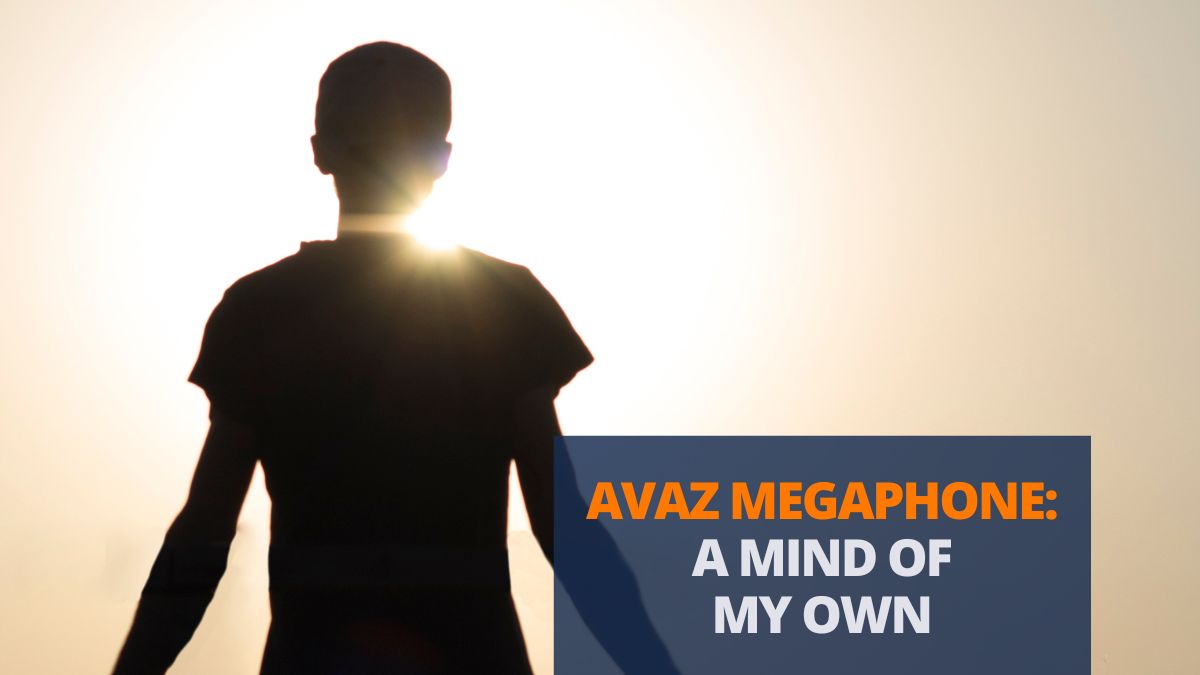

Inspired by a recent post by Speech-Language and AAC specialist, Dr. Carole Zangari, we’re bringing to you the basics of contingency mapping and its merits in decreasing behavioral problems in autistic children. We think this strategy shows immense potential in creating and sustaining an environment where lesser time is spent on tending to behavioral issues, allowing for more time and energy to be devoted to learning AAC use.
What is Contingency Mapping:
Contingency mapping, developed by Dr. Brown and Dr. Mirenda is the process whereby pictorial representations of antecedent – behavior – consequence pathways are created. The map shows divergent pathways depicting consequences of desired behavior (or alternative behavior) as well as undesired behavior (or problem behavior) from the learner. It contains the following components:
– the common antecedent that occurs before the problem behavior (and alternative behavior)
– the topography of the problem behavior and alternative behavior
– the functional reinforcement that will be provided if the learner avoids the problem behavior
– the absence of this reinforcement that will not be provided if the learner continues the problem behavior. (Brown,
Why it works:
According to Dr. Zangari, “social thinking and advanced planning doesn’t come easily to some of our AAC learners. What may be obvious to us (the consequences) may not be something they can foresee. Having visual representation can make all the difference.”
Indeed, the pictorial and sequential mapping of cause/effect of behaviors makes the world of a difference to autistic children who are primarily visual learners. Brown and Mirenda’s research shows that in comparison to exclusive verbal contingency, visual contingency mapping resulted in “immediate, dramatic and sustained reductions in problem behavior and increases in alternative behavior”. Through visual depictions, expectations and outcomes are made clear, but accompanying visual maps along with verbal cues will help sustain the positive behavior even without the pictures.
Some tips from Dr. Zangari on using contingency mapping effectively:
Use natural consequences whenever possible. That way, it is more likely that the positive changes are sustained even after the training ends because the consequences won’t change.
Teach the strategy. Use the visual support (the actual contingency map) to show the learner what will happen if he/she chooses each path.
Practice. Go through each path and simulate what happens for each choice.
Place it where it is visible throughout the day, and maybe even keep one handy for immediate use.
Give the learner a meaningful explanation for the consequences.
Add a contingency map to the person’s AAC device.
Share the strategy.
You can read the entire article by Dr. Zangari by following this link
Like this article? Follow us on Twitter @avazapp, or like our Facebook page



